Review: An odyssey through Sri Lanka
Merryn Somerset Webb explores the South Asian country’s ruins, jungle and fabulous food.

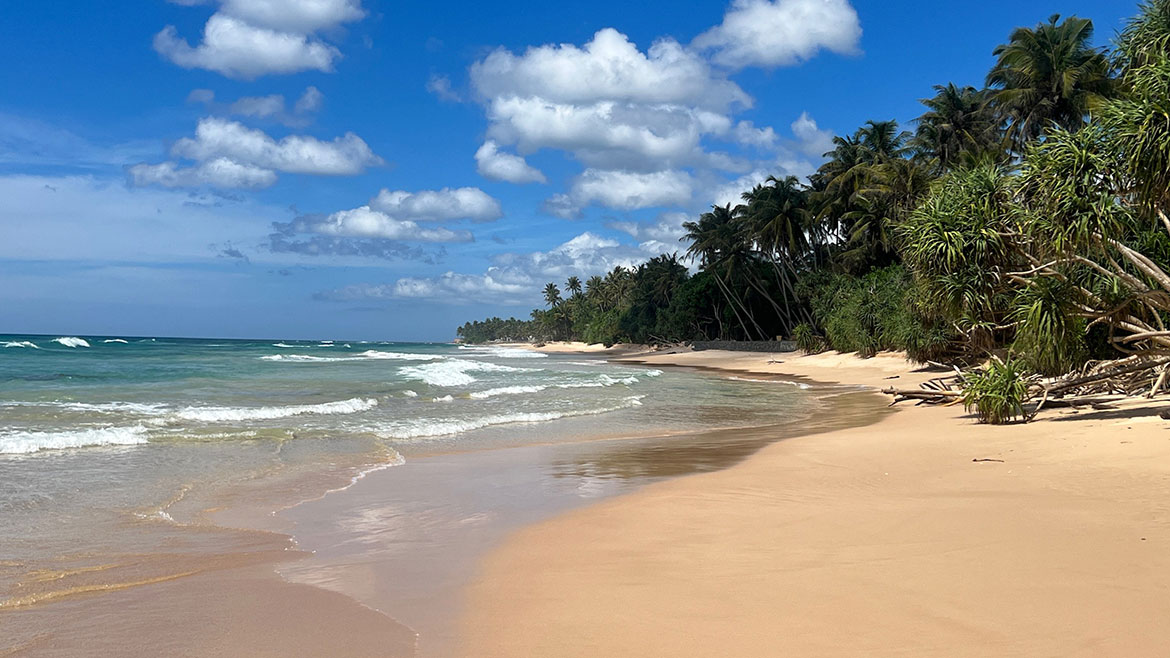
Sri Lanka has had a tough few years. It suffered a series of hideous terrorist attacks in 2019, which, fast followed by global travel restrictions, led to the collapse of its tourist industry (once 10% of GDP).
Mismanagement, corruption and too much borrowing from the Chinese for infrastructure projects (19% of its $35bn-worth of foreign debt is now owed to China) then combined to create a financial crisis and a harvest failure (everyone was forced to go organic when there was no foreign exchange to buy fertiliser).
Shortages and protests duly followed. It doesn’t sound like much of a place to go on holiday, does it? It is.
MoneyWeek
Subscribe to MoneyWeek today and get your first six magazine issues absolutely FREE

Sign up to Money Morning
Don't miss the latest investment and personal finances news, market analysis, plus money-saving tips with our free twice-daily newsletter
Don't miss the latest investment and personal finances news, market analysis, plus money-saving tips with our free twice-daily newsletter
The IMF is working to help get things back on track with a new $3bn loan, various other loans are being restructured, and the good news is that you can help too – by heading to the country’s gorgeous beaches, ancient cities and mountains and leaving your foreign currency behind. We went at the end of November.
Things didn’t get off to the best of starts. We flew economy with Sri Lankan Airlines. There are constant rumours that this is soon to go bust. That might not be all bad. Everything was made better the second we landed. My mother (a regular travelling companion) had a list as long as all our arms of places that she felt we must see on our visit. My sister (also with us) was not convinced the full schedule was necessary.
So to ease the logistical pain we hired a driver/guide via Scott Dunn and handed ourselves over to Niroshan for the duration. He was fabulous – knowledgeable, an excellent elephant spotter (they, along with peacocks, litter the roads) and, crucially, a very good driver (tuk-tuks, elephants, potholes even bigger than the ones in Edinburgh).
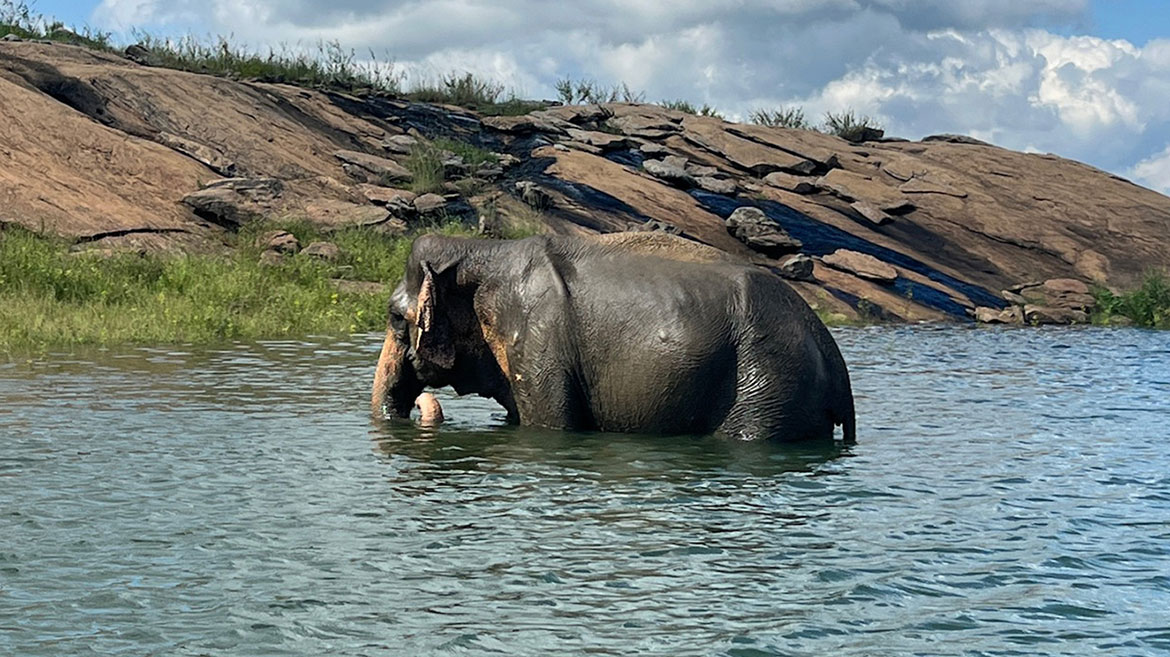
Elephants are a common sight in Sri Lanka
We started at Cinnamon Lodge, an old-school hotel in Habarana. Gorgeous pool, lovely gardens filled with charming monkeys, fantastic food (definitely have egg hoppers for breakfast and definitely don’t miss the pudding room) and charming staff. Perfect. From there we headed off to climb Sigiriya rock – a fifth-century fortress perched on a rock surrounded by what were once formal gardens.
Abandoned in the 14th century, it is now a Unesco World Heritage Site. If you have vertigo – or even a mild terror of climbing 180 metres into the sky on ropey-looking metal steps dug into very hard rock – hire a guide at the bottom and hold his hand the whole way up. The views are amazing. This was the highlight of my mother’s trip (the views, not the hand-holding).
Delving into the jungle
Next up was the ancient ruins of the city of Polonnaruwa, which 800 years ago was Sri Lanka’s second city. It’s rather more sophisticated than most cities today and, given that most of its buildings are 800 years old, better built as well. The area is huge. Take a hat and lots of water (or Niroshan and his van).
We also stopped in at the Dambulla cave temple (first established in the first century) with its 153 statues of Buddha. My sister was rather of the mind that once you’ve seen one Buddha, you have seen them all. Niroshan disagreed. We now know more about the various Buddha poses than perhaps will be useful long term.
From Cinnamon, we headed deep into the proper jungle at Gal Oya Lodge, a wildlife watchers’ heaven in the northeast. More fabulous curries (cooking lessons on offer for those who want to do more than just eat), more egg hoppers for breakfast (no problem here with keeping up with the challenge set by my sister for me to eat curry at every single meal) and another lovely pool.
Here came the highlight of my trip – a lake safari during which we saw a swimming elephant. It turns out the local herd regularly moves between the islands using their bellies as flotation devices and their trunks as snorkels.
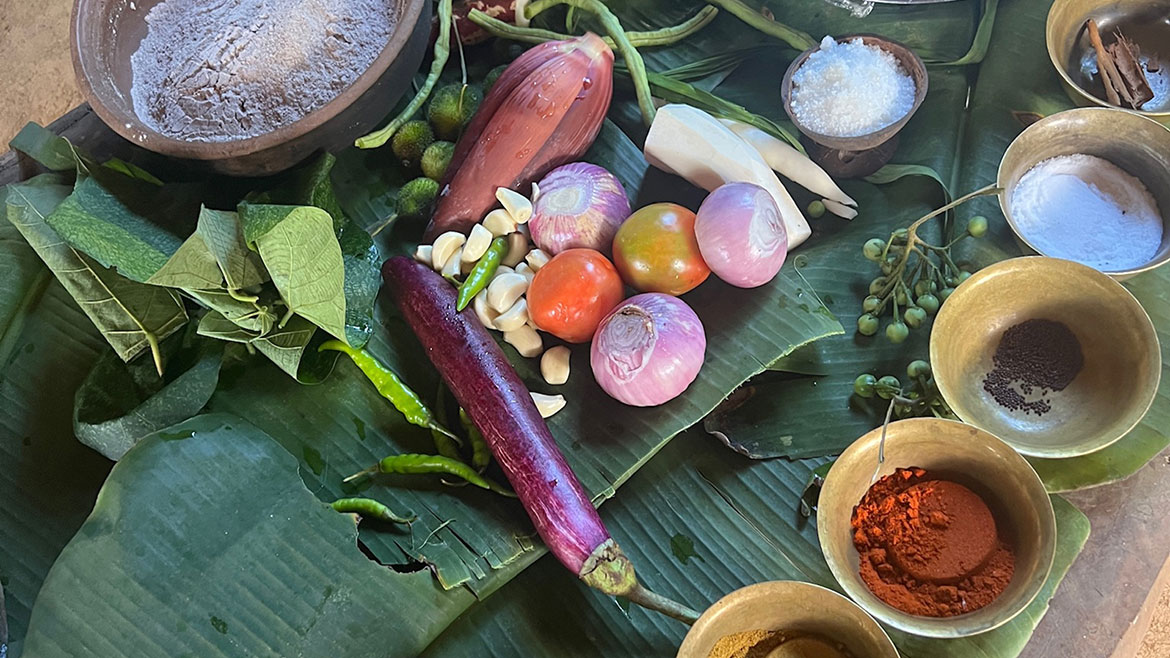
The food in Sri Lanka is fantastic
Gal Oya Lodge might be one to avoid if you aren’t mad for trees, claustrophobic, or perhaps terrified of snakes (of which we saw not one). I could have stayed longer. However, other members of the party felt their experience of Sri Lanka could be improved by fewer overhanging trees and more beach time. So we loaded into the van a day early and headed to the fort city of Galle.
Here, you must look at the fortifications a bit. But then you must shop a lot, stop for a cocktail at the new Amangalla and in fairly short order leave for the KK Beach hotel, about half an hour down the coast. This is the dream. Great food, gin fizzes on tap, open-plan seating areas, a lovely pool and views from every room.
The only downside is the strong currents in the sea itself. Luckily, the KK has a mitigation strategy in the form of Karson, the pool area manager. Tell him you’d like a swim in the sea and he’ll find you a good spot and keep an eye on you while you swim.
We could have stayed at the KK forever. But we hadn’t had our tea. You must not – cannot – go to Sri Lanka without visiting a tea plantation. If you can get in to see a factory, however briefly, it is worth it for the glorious aroma of drying leaves. Then, taste and buy. I brought home enough loose tea to last us into next Christmas. Which is when we are planning to visit again (with a slightly shorter must-do list).
Cinnamon Lodge Habarana, from $104 a night; Gal Oya Lodge, $214; KK Beach, $229
This article was first published in MoneyWeek's magazine and all information was correct at the time of writing. Enjoy exclusive early access to news, opinion and analysis from our team of financial experts with a MoneyWeek subscription.
Get the latest financial news, insights and expert analysis from our award-winning MoneyWeek team, to help you understand what really matters when it comes to your finances.
Merryn Somerset Webb started her career in Tokyo at public broadcaster NHK before becoming a Japanese equity broker at what was then Warburgs. She went on to work at SBC and UBS without moving from her desk in Kamiyacho (it was the age of mergers).
After five years in Japan she returned to work in the UK at Paribas. This soon became BNP Paribas. Again, no desk move was required. On leaving the City, Merryn helped The Week magazine with its City pages before becoming the launch editor of MoneyWeek in 2000 and taking on columns first in the Sunday Times and then in 2009 in the Financial Times
Twenty years on, MoneyWeek is the best-selling financial magazine in the UK. Merryn was its Editor in Chief until 2022. She is now a senior columnist at Bloomberg and host of the Merryn Talks Money podcast - but still writes for Moneyweek monthly.
Merryn is also is a non executive director of two investment trusts – BlackRock Throgmorton, and the Murray Income Investment Trust.
-
 The most influential people of 2025
The most influential people of 2025Here are the most influential people of 2025, from New York's mayor-elect Zohran Mamdani to Japan’s Iron Lady Sanae Takaichi
-
 Millions of parents are missing out on up to £720 a year in extra pension cash – are you affected?
Millions of parents are missing out on up to £720 a year in extra pension cash – are you affected?A mum who narrowly missed out on the pension boost said she “never knew the government rule existed” and wants other parents to use it
-
 8 of the best properties for sale with indoor gyms
8 of the best properties for sale with indoor gymsThe best properties for sale with indoor gyms – from a four-storey mews house in London’s Knightsbridge, to a 1920s Arts & Crafts house in Melbury Abbas, Dorset
-
 8 of the best houses for sale with beautiful fireplaces
8 of the best houses for sale with beautiful fireplacesThe best houses for sale with beautiful fireplaces – from a 15th-century cottage in Kent to a 17th-century palazzo in Oxfordshire
-
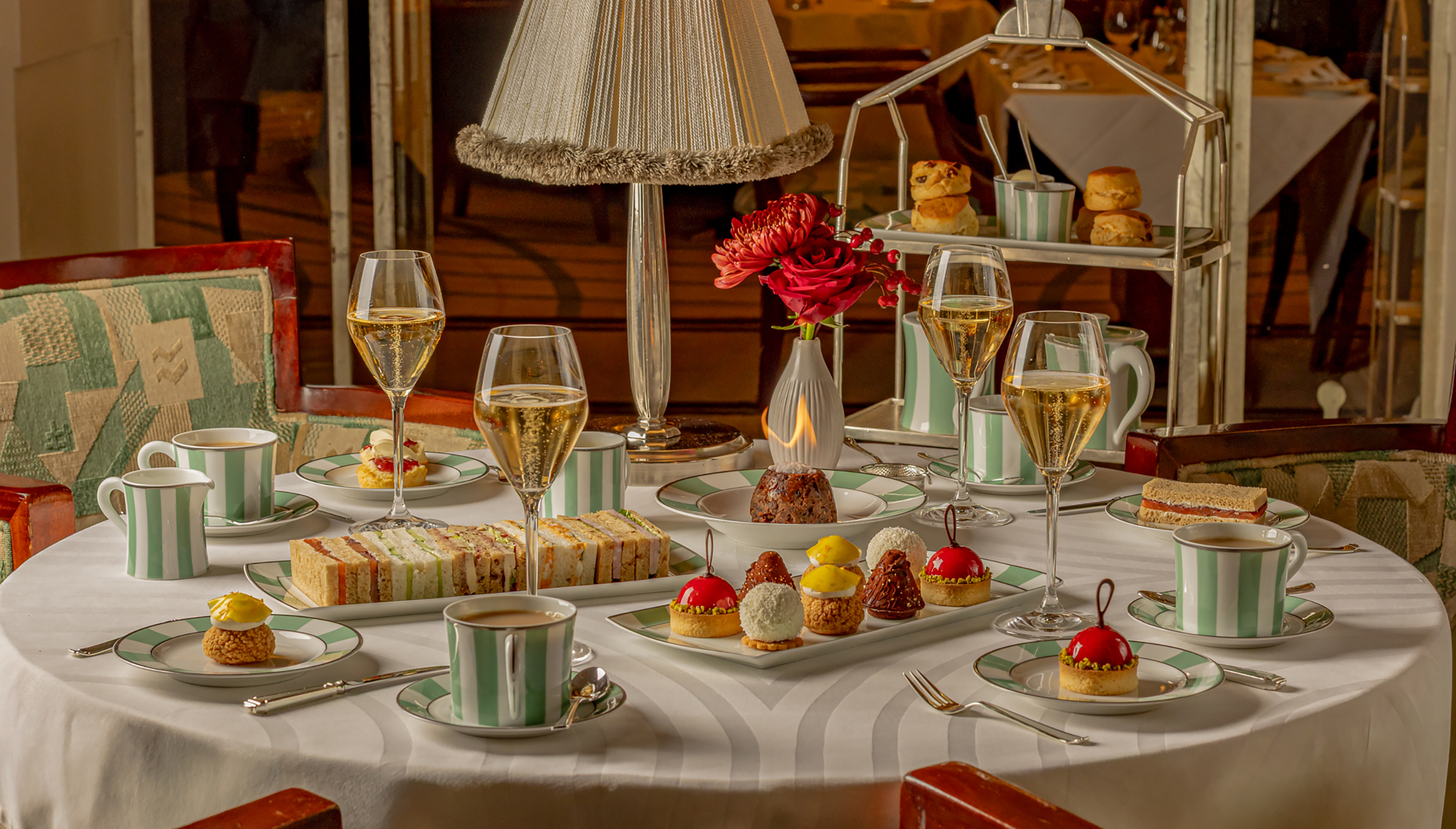 The top last-minute Christmas gifts
The top last-minute Christmas giftsIt’s not too late to give the perfect present this festive season – we round up a selection of last-minute Christmas gifts worth giving
-
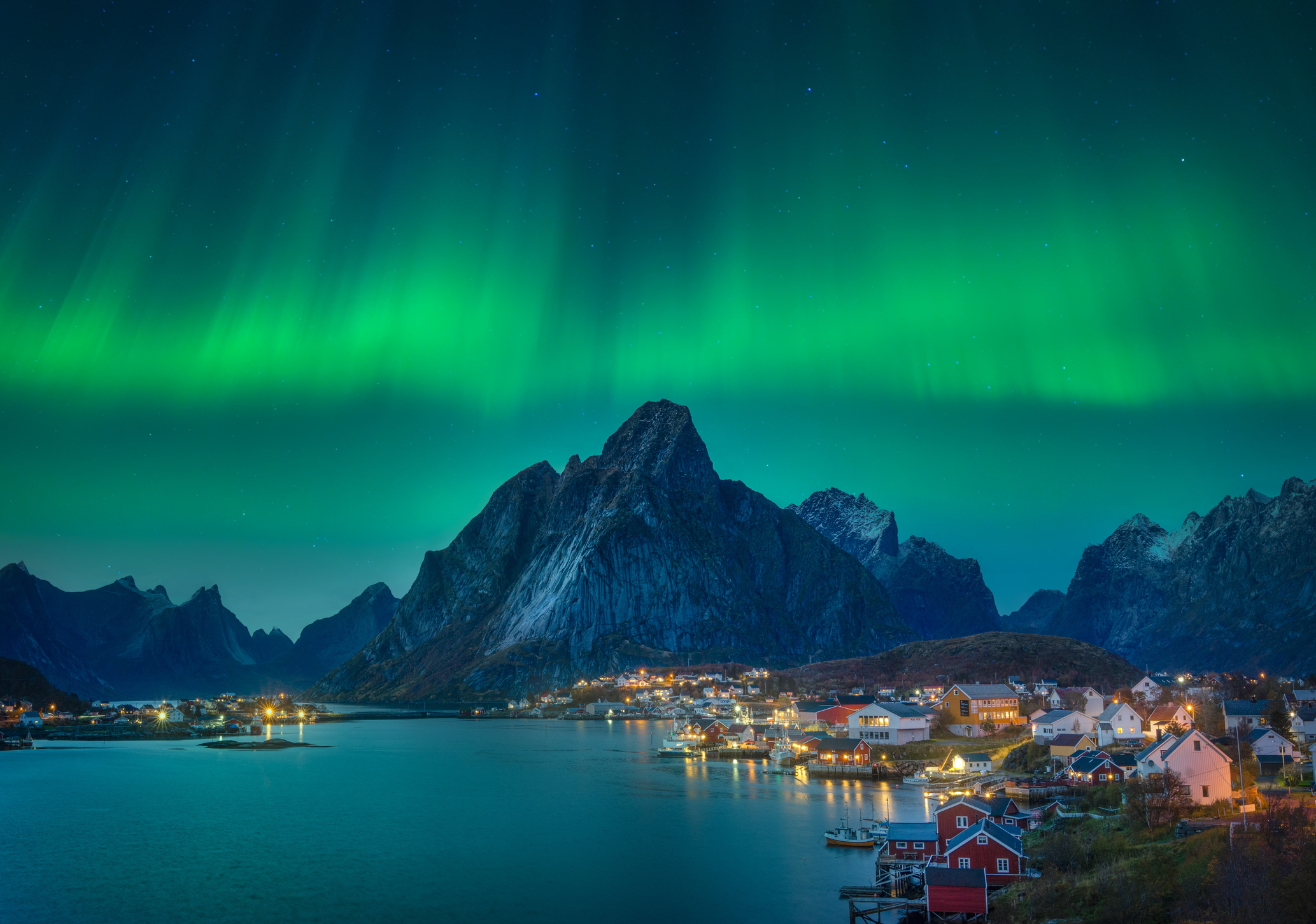 Lights, camera, action: Where to see the Northern Lights
Lights, camera, action: Where to see the Northern LightsThe Northern Lights are the most spectacular they’ve been in years. Here’s where to see them
-
 8 of the best ski chalets for sale now
8 of the best ski chalets for sale nowThe best ski chalets on the market – from a traditional Alpine-style chalet in Switzerland to an award-winning Modernist building in Japan’s exclusive ski areas
-
 The best Christmas gifts for your loved ones
The best Christmas gifts for your loved onesWe round up the best Christmas gifts with a touch of luxury to delight, surprise and amaze family and friends this festive season
-
 The best UK Christmas markets for a wassail of a time
The best UK Christmas markets for a wassail of a timeWe round up the best UK Christmas markets to visit, from London's Hyde Park Winter Wonderland to Edinburgh's Princes Street Gardens
-
 Reinventing the high street – how to invest in the retailers driving the change
Reinventing the high street – how to invest in the retailers driving the changeThe high street brands that can make shopping and leisure an enjoyable experience will thrive, says Maryam Cockar
